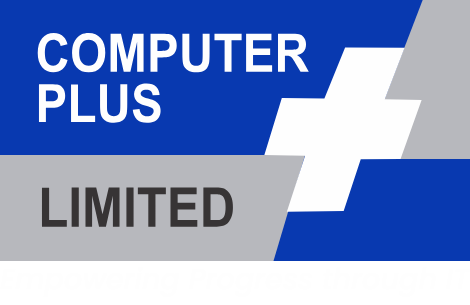A content management system, often abbreviated as CMS, is software that helps users create, manage, and modify content on a website without the need for specialized technical knowledge.
In simpler language, a content management system is a tool that helps you build a website without needing to write all the code from scratch (or even know how to code at all).
Instead of building your own system for creating web pages, storing images, and other functions, the content management system handles all that basic infrastructure stuff for you so that you can focus on more forward-facing parts of your website.
Beyond websites, you can also find content management systems for other functions – like document management.
How Does a Content Management System Work?
To give you an idea of how a CMS works, we’re going to take a whirlwind tour of the WordPress interface (WordPress is a good example of a content management system).
Let’s start with creating a piece of content. Without a content management system, you’d need to write a static HTML file and upload it to your server (sounds complicated, right?).
With a content management system like WordPress, you can just write your content in an interface that looks a good bit like Microsoft Word:

That’s a lot simpler, right?
Similarly, to upload and manage media, like images, you can just browse the media library instead of needing to actually interact with your web server directly:

The content management system isn’t just a backend management interface, though. It also makes all of the content that you create show up for your visitors exactly like you want it to.
What Makes up a CMS?
On a more technical level, a content management system is made up of two core parts:
- A content management application (CMA) – this is the part that allows you to actually add and manage content on your site (like you saw above).
- A content delivery application (CDA) – this is the backend, behind-the-scenes process that takes the content you input in the CMA, stores it properly, and makes it visible to your visitors.
Together, the two systems make it easy to maintain your website.
What Are Examples of Popular Content Management Systems?
WordPress, which we showed you above, is the best example of a popular content management system. While there are certainly other content management systems in existence, WordPress maintains over a 62% market share on websites with a known content management system.
Note that when we mention “WordPress”, we’re not talking about WordPress.com. Instead, we’re focused on WordPress.org, which is the website where the actual open-source WordPress content management system is stored.
Beyond the self-hosted WordPress software, other popular content management systems include:
- Joomla
- Drupal
- Magento (for eCommerce stores)
- Squarespace
- Wix
- TYPO3
There are also lots of other less well-known content management systems that target themselves to large enterprises (with an expensive price point to match).
What Kinds of Websites Can You Build with Those Content Management Systems?
Most content management systems are pretty flexible nowadays. While there are some that focus on a specific use – like Magento and eCommerce – most of the popular content management systems can be used to create essentially any type of website.
For example, you can use WordPress to power:
- Static websites
- Blogs
- eCommerce stores
- Forums
- Social networks
- Online courses
- Membership sites
- Portfolios
- Etc.
What Is the Best CMS Platform?
This is a little bit like asking, “what is the best flavor of ice cream?”.
Sure, everyone’s got their answer, but it’s difficult to come up with a factual argument for one content management system being the best in 100% of situations.
What we can do, though, is return to the numbers and make a suggestion that there’s a reason WordPress has such a dominant share of the content management system market:
For most types of websites, it provides the most user-friendly, flexible solution. It’s not always the best option, but it is the best option most of the time.
How to Build a Website with a Content Management System (CMS)
Want to build your own website with a content management system? If so, the general process looks something like this:
- Purchase web hosting and a domain name
- Install your content management system of choice on your web server
- Configure the content management system to dictate how your site looks and functions
- Start writing content using the content management system’s interface
Though it appears simple, things can get technically and overwhelming really fast, that’s where we at Computer Plus comes in. We have built CMS websites for multiple clients over the years and they all satisfied till date.
So if you want a top class websites that makes you stand out from your competitors, reach out to us today via info@computerplusng.com or 090235464665
Click here to order for other IT services.
Get a Printer, Scanner or Projector at a Very Affordable Price.

